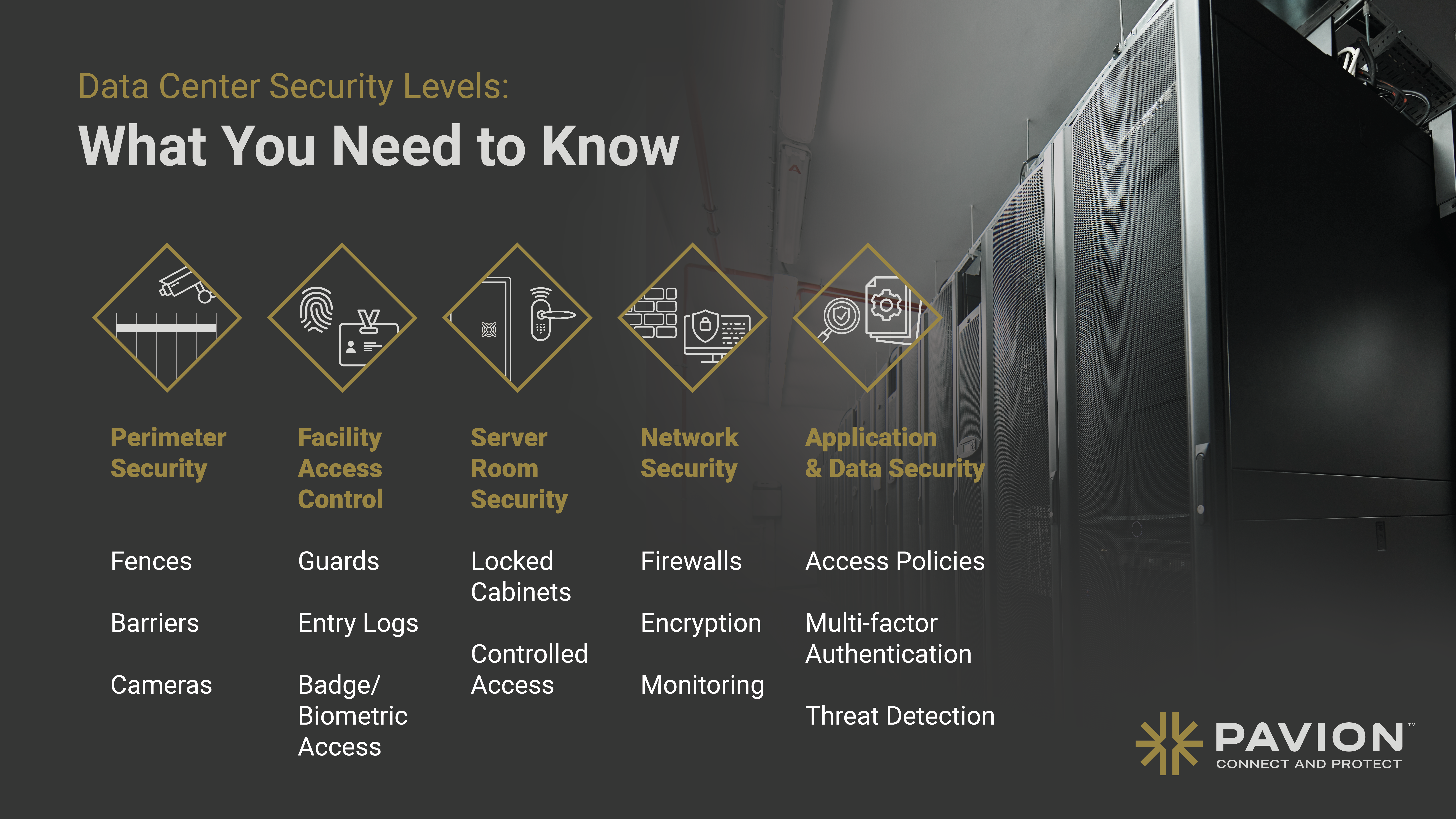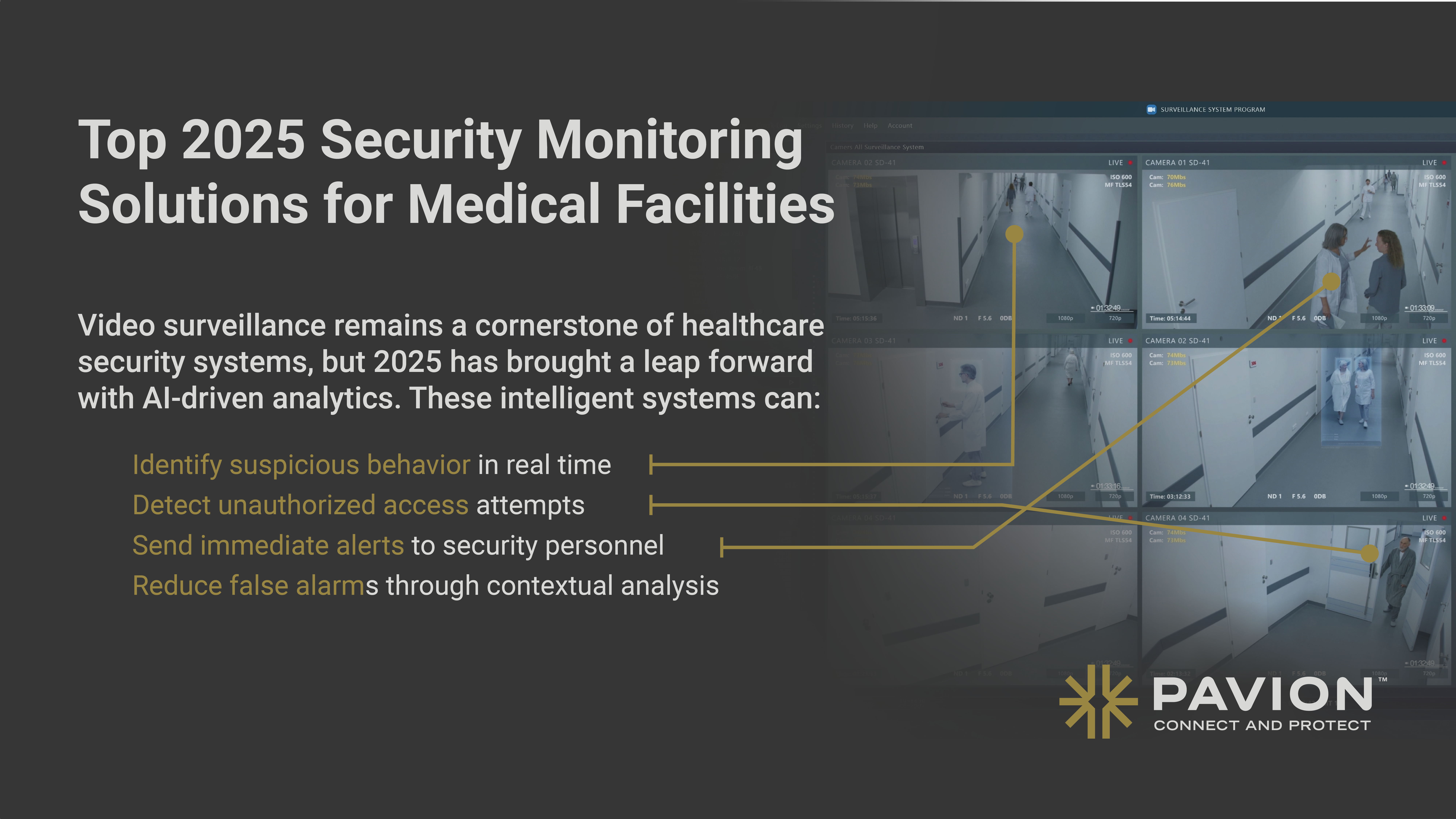
Key Considerations for Designing Effective Fire and Security Systems in Educational Institutions
Designing Effective Fire and Security Systems in Educational Institutions
Fire safety and security are of paramount importance in educational institutions. Designing effective fire and security systems requires careful consideration of various factors to ensure the safety and well-being of students, staff, and visitors. In this article, we will explore the key considerations for designing such systems, the legal requirements and regulations, integration with the school infrastructure, training and education, emergency response protocols, successful implementations, and factors to consider when planning for fire suppression systems in schools.
Legal Requirements and Regulations for Fire and Security Systems in Schools
Compliance with legal obligations and regulations is essential when designing fire alarm systems in schools. The International Building Code (IBC) and International Fire Code (IFC) provide minimum requirements for fire alarm systems in schools. It is important to note that California has stricter codes, requiring automatic detection throughout buildings and connection to a supervising station. Design considerations should also account for the age of students and the potential for vandalism. For example, beam smoke detectors can be a cost-effective option for auditoriums and high-bay ceilings in schools. A sales engineer with fire certifications such as Nicet II is key to understanding the NFPA codes and making sure the system is designed appropriately.
Local fire department requirements and recommendations should also be taken into consideration. Building and fire officials can provide valuable guidance on the specific needs and regulations for fire and security systems in educational institutions. Remember, even with national codes in place, your local AHJ (Authority Having Jurisdiction) can make stricter requirements related to a commercial fire alarm and life safety.
To ensure compliance with legal requirements and regulations, educational institutions must work closely with fire and security system designers and other relevant stakeholders. By adhering to these standards, schools can create a safe environment for their students and staff.
Key Considerations for Designing Effective Fire and Security Systems
Proper planning and design are crucial for effective fire notification systems in educational institutions. The layout and zoning of the building impact the design of fire suppression systems. Understanding coverage requirements for different areas within the building is important to ensure comprehensive protection. Compliance with local fire codes and regulations is essential to meet safety standards. Accessibility and maintenance provisions should be included in the design to facilitate regular inspection, testing, and maintenance for optimal working condition.
When designing fire and security systems, it is important to consider the unique needs and vulnerabilities of the educational institution. For instance, schools that house students with disabilities may require specialized systems to ensure their safety during emergencies as well as having devices accessible within ADA standards. Additionally, schools with unique architectural features should take these into account when designing fire and security systems.
One example of effective design is the implementation of a comprehensive fire and security system in a high school. This system included fire alarms, video surveillance, and access control systems. The integration of these systems allowed for quick detection of fires, efficient monitoring of the school premises, and controlled access to the building. As a result, the school saw a significant reduction in false alarms, improved response times, and enhanced overall security.
Integration of Fire and Security Systems with School Infrastructure
Fire and security systems should be seamlessly integrated with the existing school infrastructure. Coordination with building evacuation plans is crucial to ensure a well-coordinated response during emergencies. The design should facilitate safe evacuation routes and clear pathways for occupants. It is important to ensure that fire suppression measures do not impede the evacuation process.
Integration of fire and security systems with other building systems can enhance overall safety and security. For example, integrating fire alarm systems with access control systems can help facilitate a coordinated evacuation and lockdown process. It is also very important to make sure that there is regular testing and inspections of these systems as well as fire drills so students and staff know how to exit in case of emergency.
Furthermore, it is important to consider the role of technology in the integration process. For instance, integration with a centralized management system can provide real-time monitoring and control of fire and security systems, allowing for quick response to emergencies. By leveraging technology and integrating systems, educational institutions can enhance the effectiveness of their fire and security measures.
Training and Education for Staff and Students
Comprehensive training and education programs should be provided to staff and students in educational institutions. Clear instructions and training programs should be provided on fire safety protocols. Staff and students should be familiar with the operation of fire and security systems and understand their roles and responsibilities during emergencies.
Training programs should cover topics such as evacuation procedures, emergency response protocols, and the proper use of fire extinguishers. Regular drills and exercises should be conducted to ensure that staff and students are prepared to respond effectively in case of a fire or security incident.
Additionally, ongoing training and education should be provided to staff members who are responsible for operating and maintaining the fire and security systems. This training should cover topics such as system operation, testing and maintenance procedures, and troubleshooting common issues.
An example of effective training and education is the implementation of a comprehensive fire safety program in an elementary school. The program included regular fire drills, classroom instruction on fire safety, and training for staff members on the proper use of fire extinguishers. This proactive approach helped create a culture of safety within the school and ensured that everyone was prepared to respond effectively in case of a fire emergency. This allows their staff and students to be proactive in maintaining a safe and secure environment.
Emergency Response Protocols
Well-defined emergency response protocols are crucial for fire and security incidents in educational institutions. Schools should have clear steps to be followed during emergencies, including evacuation procedures, communication protocols, and designated assembly points. Quick and effective response is essential to ensure the safety of everyone on campus.
Emergency response protocols should be regularly reviewed and updated to reflect any changes in the school’s infrastructure, systems, or personnel. Staff members should be trained on the protocols and provided with the necessary tools and resources to carry them out effectively.
In addition to the protocols, it is important to establish a system for reporting and documenting incidents. This helps in analyzing and improving the effectiveness of the emergency response process. Lessons learned from past incidents can inform future training and preparedness efforts.
An example of effective emergency response protocols is the implementation of a comprehensive emergency management plan in a college campus. The plan included clear steps for evacuation, communication channels, and designated emergency response teams. Regular drills and exercises were conducted to ensure that staff and students were familiar with the protocols and could respond effectively in case of an emergency. This proactive approach helped create a safe and secure environment for the college community.
Successful Implementations in Educational Institutions
Real-world case studies demonstrate successful fire and security system implementations in educational institutions. These examples highlight the positive impact of well-designed systems in enhancing the safety and security of students and staff.
For instance, at a university campus, a comprehensive fire and security system was implemented, including fire alarms, video surveillance, access control systems, and emergency communication systems. This integrated system allowed for quick detection of fires, efficient monitoring of the campus premises, controlled access to buildings, and effective communication during emergencies. As a result, the university experienced a significant reduction in fire incidents, improved response times, and enhanced overall security.
Another example is a K-12 school district that implemented a comprehensive security system, including access control systems, video surveillance, and visitor management systems. This integrated system provided a secure environment for students and staff, prevented unauthorized access, and facilitated the identification of potential security threats. The school district saw a significant decrease in disciplinary incidents and improved overall safety within their schools.
These success stories serve as inspiration and guidance for other educational institutions looking to enhance their fire and security systems. By learning from these examples, schools can implement effective solutions that meet their unique needs and enhance the safety and security of their community.
Enhancing School Security through Building Design
School building design can play a significant role in enhancing overall security.The outside-in and inside-out approaches to school security offer benefits when used together. The outside-in approach focuses on perimeter security measures, such as access control systems and surveillance cameras, to prevent unauthorized entry. The inside-out approach includes measures such as internal lockdown capabilities, secure vestibules, and classroom door locks to protect occupants within the building. By combining both approaches, schools can create multiple layers of security to enhance safety.
For example, incorporating natural surveillance features, such as well-placed windows (without bars locked and covering them) and transparent entryways, can help deter potential intruders by increasing visibility and allowing for better monitoring of the premises. The use of landscaping elements and physical barriers can also help control access to the building and guide visitors to designated entry points.
In addition to physical design elements, technology can also be integrated into the building design to enhance security. For instance, the use of access control systems, video surveillance, and intrusion detection systems can provide real-time monitoring and alerts, allowing for quick response to security threat. By considering both the physical design and technological aspects of school security, educational institutions can create a safer environment for students, staff, and visitors.
Resources and Guidelines for Designing School Security Systems
There are valuable resources and guidelines available to support the design and implementation of school security systems.Organizations like PASS K-12 provide guidelines and expertise in school security. These guidelines cover various aspects of school security, including access control, video surveillance, emergency communication systems, and visitor management.
Campus Security and Life Safety and Campus Safety Magazine also offer resources and events to improve understanding of emergencies and threats. These resources provide insights into the latest trends, technologies, and best practices in school security.
Additionally, partnering with experienced fire and security system providers can also be beneficial. These providers have the knowledge and expertise to design and implement tailored solutions that meet the specific needs and requirements of educational institutions.
In conclusion, designing effective fire and security systems is crucial for the safety of educational institutions. Compliance with legal requirements, careful planning and design, integration with the school infrastructure, training and education, well-defined emergency response protocols, and consideration of design factors for fire suppression systems are all essential elements. By prioritizing safety and security, educational institutions can create a conducive environment for learning and ensure the well-being of students, staff, and visitors.
If you are interested in exploring customized fire, security, and AV solutions for your educational institution, consider contacting Pavion. Pavion is a service-based systems integrator that specializes in fire, security, and AV solutions. They offer a range of services including consulting and design, maintenance and subscription, IT managed services, and proactive monitoring. With their expertise and experience in the industry, Pavion can provide tailored solutions to meet your specific needs. Visit their website at https://pavion.com/ to learn more about their services and how they can enhance safety in educational environments.


